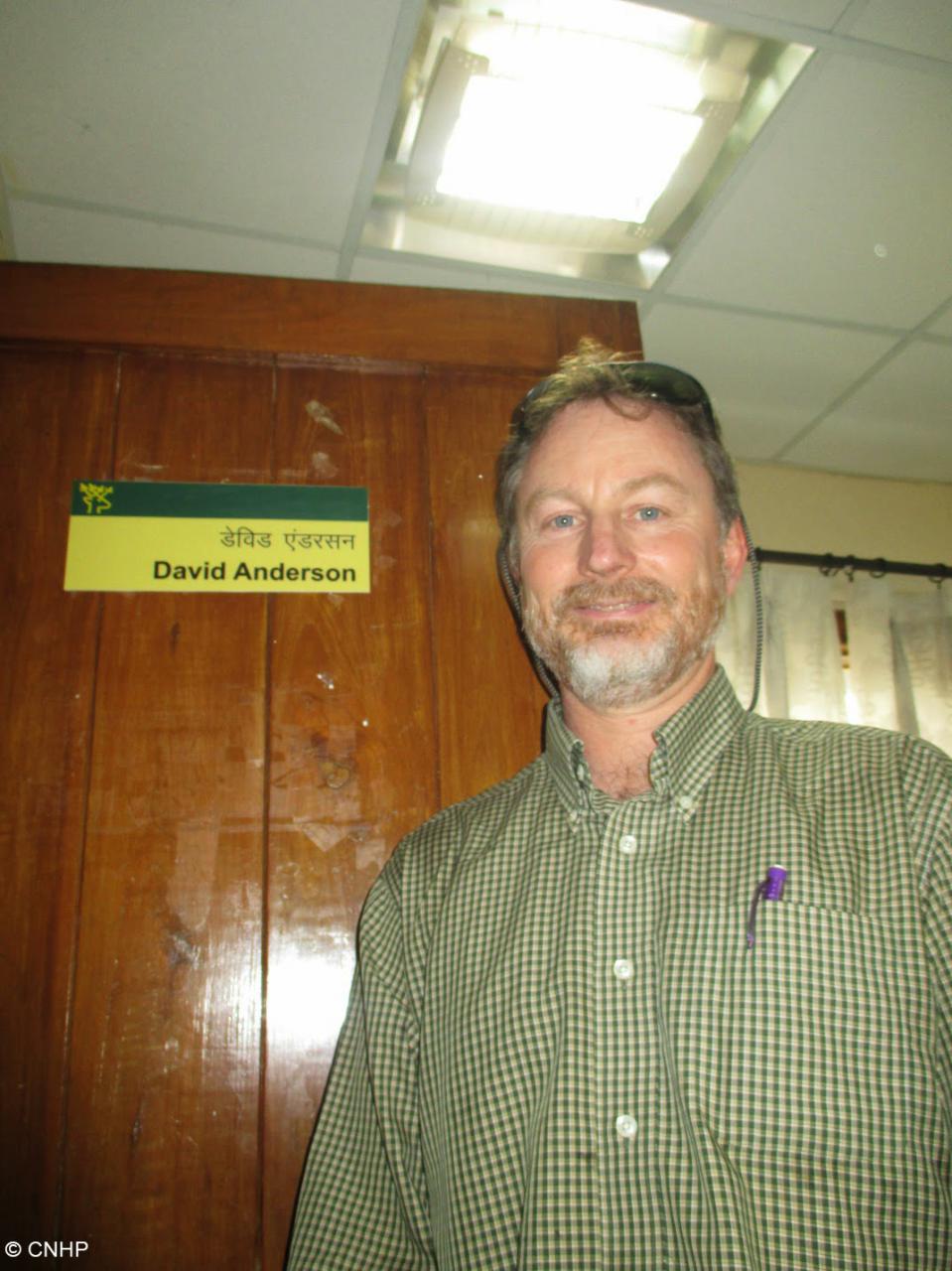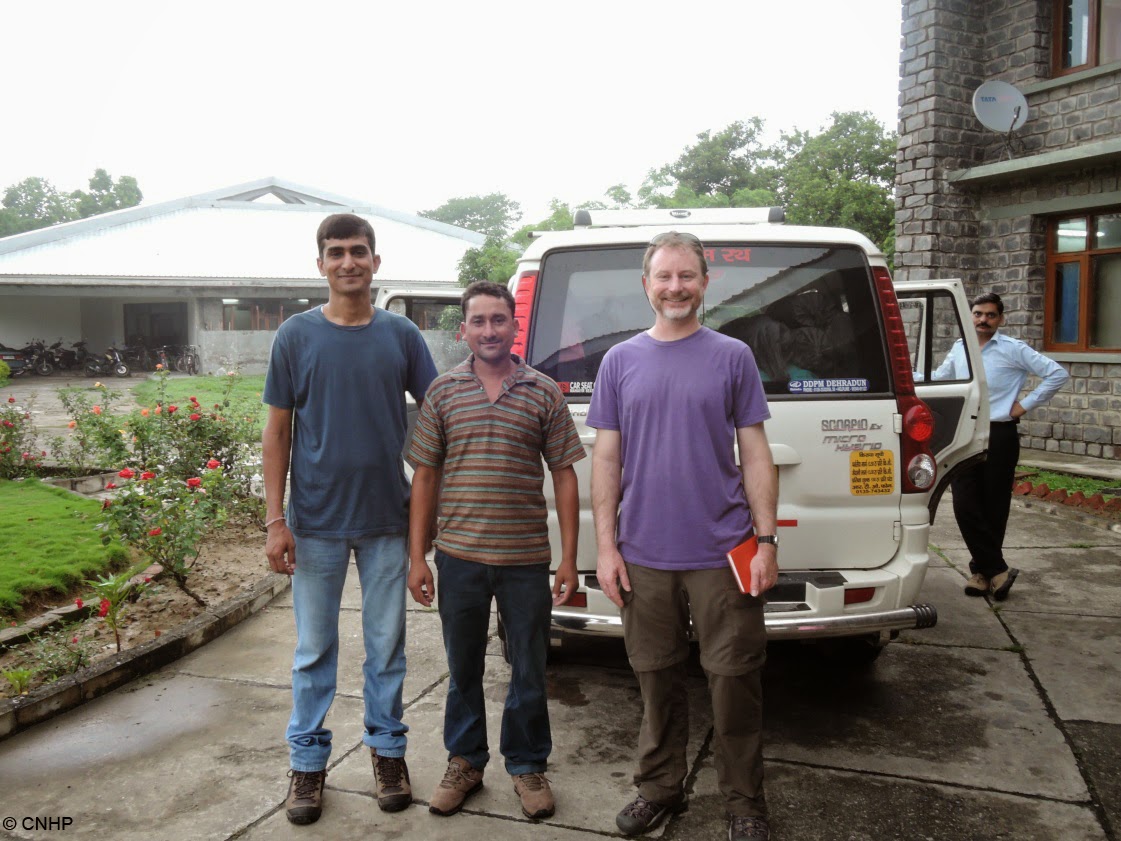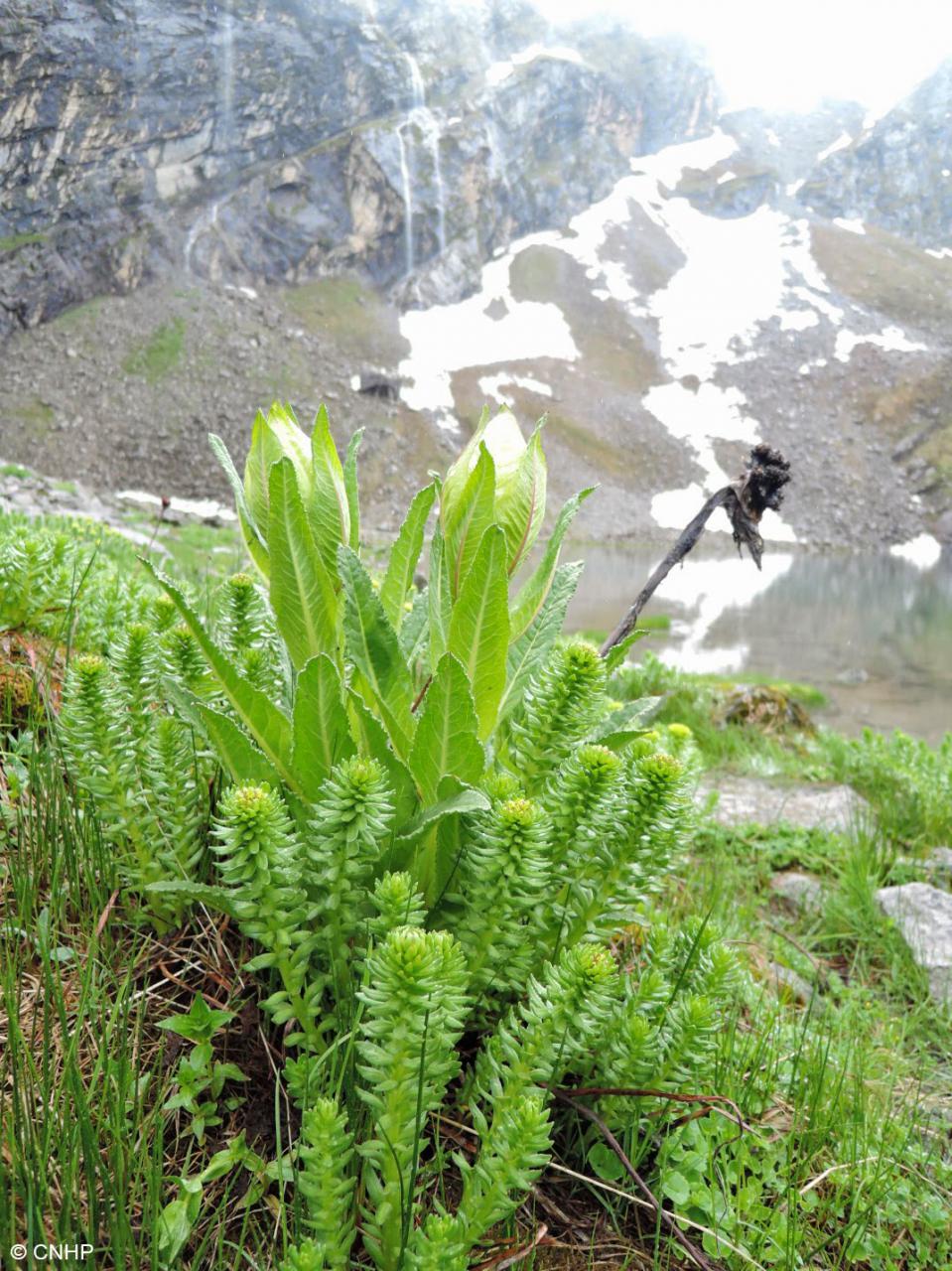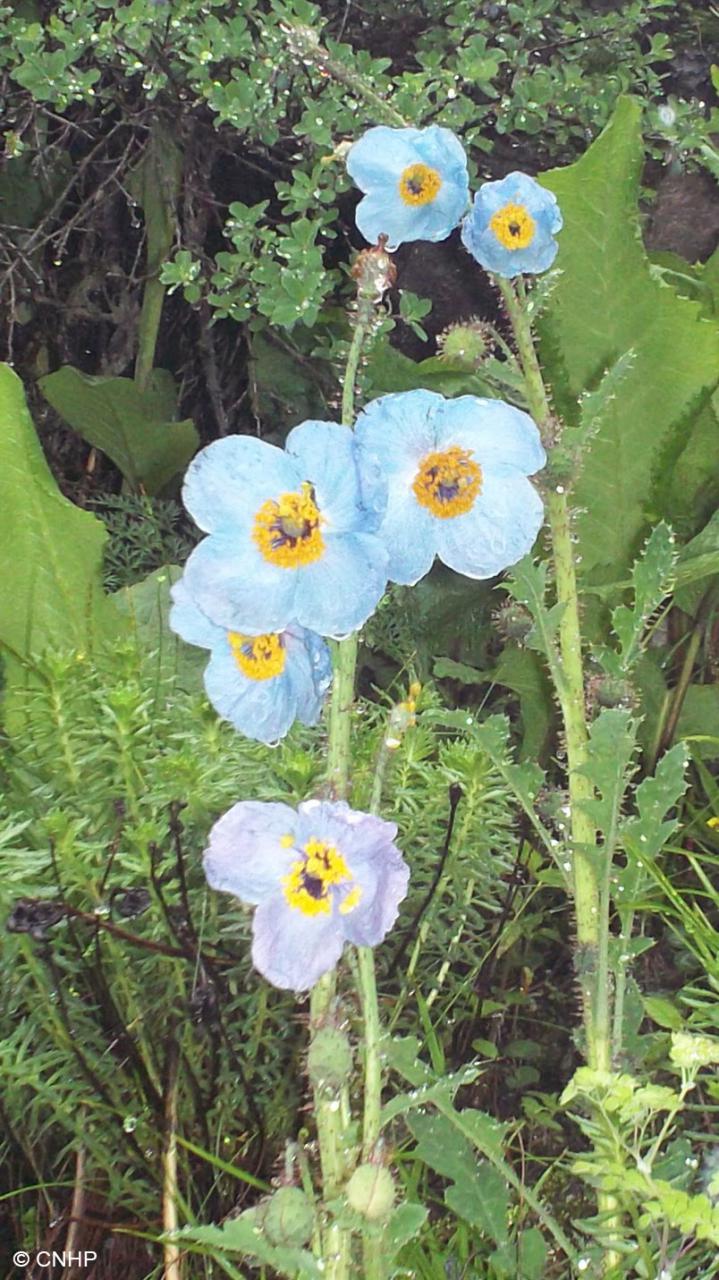by Dave Anderson, CNHP Director
My first two weeks in India have been amazing! Everyone has been so incredibly kind to us. Dr. Vinod Mathur, who submitted the proposal to bring me to India as a Fulbright Specialist, and his wife Geetika had us over for dinner shortly after our arrival here and they said that it is customary to treat guests as gods here. That has truly been the case with everyone at the Wildlife Institute of India, and they have made us feel so incredibly welcome.
For the first two days at the WII, I was given a really nice office, had the privilege of meeting several faculty and students here, and was given a great tour of the Institute by Dr. Sathyakumar.
 |
| Dave’s new workspace |
On July 13, I departed with Dr. Iswari Rai and Umed Singh to explore areas that we’ll be focusing on for the Open Standards workshop on July 21 and 22.
 |
| Departing for the field from the Wildlife Institute of India’s Guesthouse with Dr. Ishwari Rai (left) and Umed Singh (middle). |
We spent the next six days at (and en route to) the Nanda Devi Biosphere Reserve in the Western Himalayas. It is a World Heritage Site that contains two National Parks – Valley of Flowers and Nanda Devi. It took us a day to drive there, and another day to hike the 10 mile trail into the village of Gangaria. From there we spent one day exploring parts of Valley of Flowers National Park. The next day we climbed to a glacial lake at 13,700 feet elevation called Hemkund Sahib.
 |
| At Hemkund Sahib |
We saw at least 15 plants in the area that are on the IUCN Red List. Here is one of the most spectacular- Saussurea obvallata, called Brahma Kamal in India, is a critically endangered member of the sunflower family.
 |
| Saussurea obvallata (Brahma Kamal) |
In Colorado, we also track a member of this genus- Weber’s Sawwort (Saussurea weberi). Here in the Himalayas there is a great variety of Saussurea species and several of them, like S. obvallata, are highly threatened by collection. They are used for Ayurvedic medicines and, in the case of S. obvallata, are collected as offerings for religious purposes.
 |
| Meconopsis aculeata |
Here is another one- Meconopsis aculeata– the Himalayan poppy. This species is endemic to the Western Himalayas and is considered to be one of the most beautiful species here. It is listed as endangered on the IUCN Red List due to collection for medicinal purposes.





